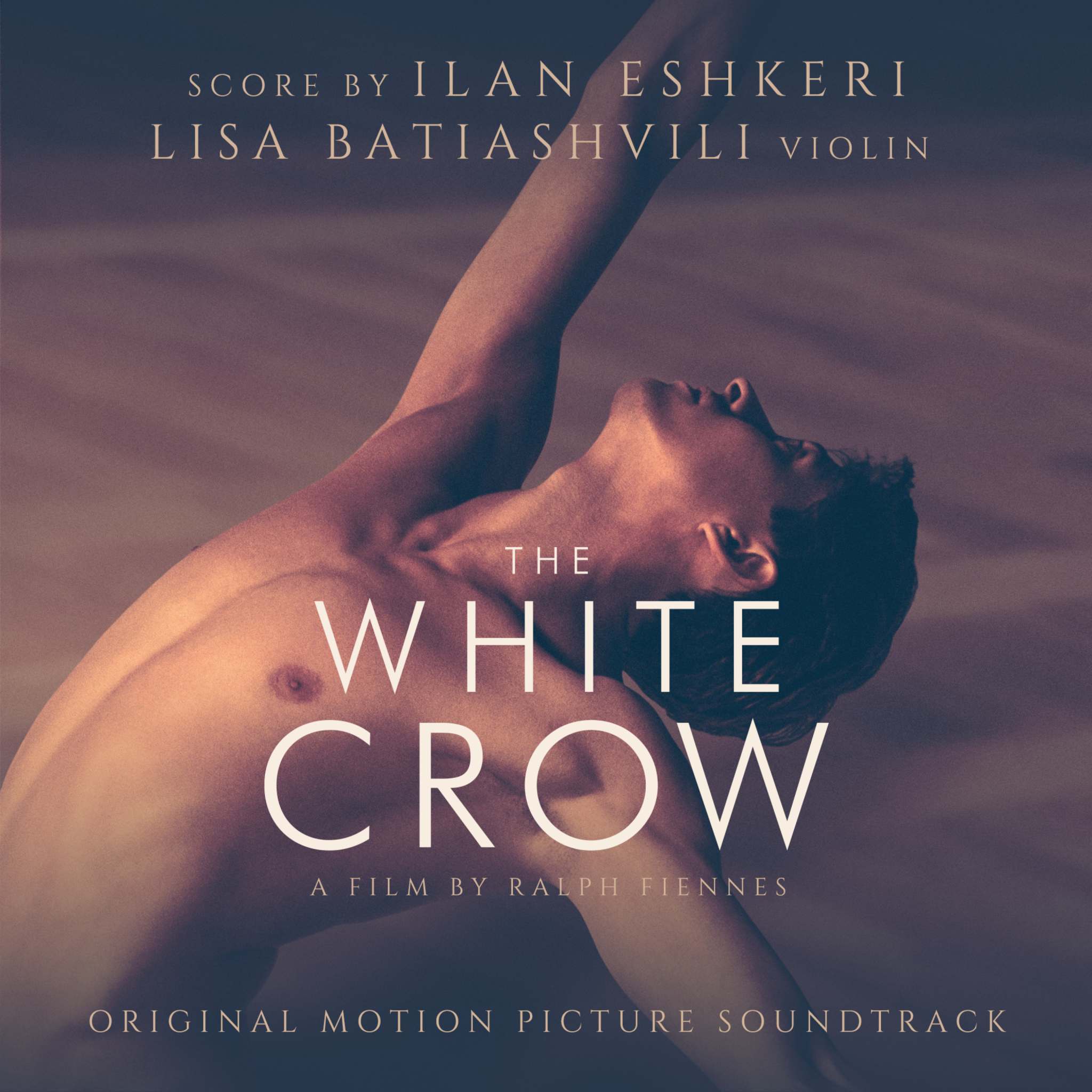The Captivating World of Stephen Hough and Ludwig Minkus
Immerse yourself in the enchanting world of Stephen Hough, an internationally acclaimed pianist known for his unique interpretations of classical pieces. Born in England, Hough's profound musical proficiency has propelled him to the top ranks of the music industry, his ability to beautifully render notes into emotion making him a treasure in the classical music realm.
Hough's recent inception, 'Stephen Hough's Dream Album: Piano Bonbons', is a delightful selection of classical piano pieces. The album embodies a wide range of styles and tones, presenting an enrapturing journey across an ethereal narrative. This collection is sure to captivate your senses, taking you on a fascinating journey through the captivating works of various brilliant maestros. This is more than an album; it is a proclamation of love for the timeless forte of classical music.
The Fascinating Works of Ludwig Minkus
Ludwig Minkus (1826–1917) was an Austrian composer best known for his significant contributions to ballet music during the 19th century. Born in Vienna to Czech parents, Minkus was an accomplished child musician who made his violin debut at the age of eight before establishing a flourishing career as a composer, violinist, and teacher in Russia.
Minkus's reputation is closely tied to his long-standing collaboration with legendary choreographers such as Arthur Saint-Léon and, most notably, Marius Petipa. He served as the official composer of ballet music for the St. Petersburg Imperial Theatres from 1871 until his retirement in 1886. His best-known and most enduring works include La Source (1866), composed jointly with Léo Delibes, Don Quixote (1869), a vibrant and virtuoso ballet score that became a staple of the classical ballet repertoire, and La Bayadère (1877), another cornerstone of the ballet stage, distinguished by its exoticism and sweeping melodies.
Minkus developed a melodic, rhythmically compelling style that suited the technical and expressive needs of classical ballet. His music was characterized by its lyrical themes, clear rhythmic structures, and an ability to enhance dramatic dance narratives. He produced more original compositions and arrangements for ballet than many of his contemporaries, including Tchaikovsky.
Even after the abolition of his official post and his retirement, Minkus's music remained a central part of the ballet repertoire, contributing to the lasting vitality of many 19th-century ballets. His influence on the world of ballet music is undeniable, and his compositions continue to be performed and cherished today.

